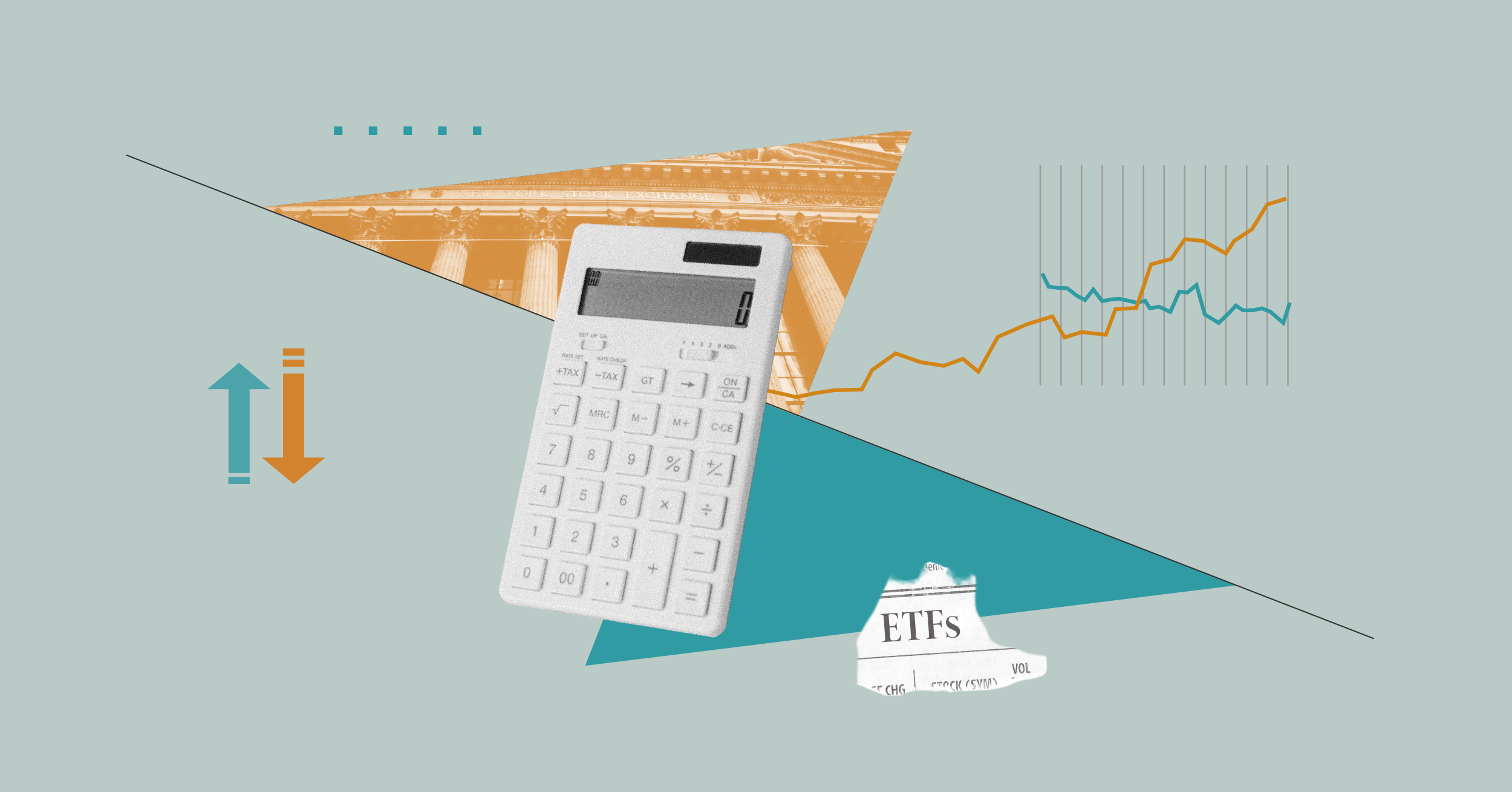Save the holding-by-holding due diligence: checking up on individual funds' performances should be left for your year-end review. Instead, focus on the following five steps as you review your portfolio.
Step 1: Assess Your Asset Allocation
Because your portfolio's mix of stocks, bonds, and cash will be a key determinant of how it behaves, it's wise to start the review process by checking your asset allocation relative to your targets. Morningstar's X-Ray functionality, whether you access it through Morningstar's Portfolio Manager tool or Instant X-Ray, will give you the most precise read on your current asset allocation.
For most investors who have been hands-off with their portfolios, it's a good bet that they're overly tilted toward equities right now. After all, most developed market equity funds have made significant gains gained over the past five years, whereas most fixed-income categories have not. Don't feel obligated to rebalance if your bond weighting is just a few percentage points lighter than your target, but if it's lower than your target by five or 10 percentage points or more, it's time to craft a rebalancing plan. That's particularly important if you're within 10 years of retirement. Think of it as the equivalent of walking away from the casino with full pockets. True, stocks aren't egregiously overvalued, based on Morningstar analysts' bottom-up assessment of their price/fair values. But they have performed very well over the past decade – and especially over the past five years – so it's time to lock in some of your gains so they'll be there for you to spend when you need them.
By the same token, it's tough to get excited about ploughing money into bonds right now. Bonds have performed reasonably well so far this year, and yields look about as low as they can go. Of course, I've said those words before and been wrong; bond yields have gone lower. If it turns out that you're dramatically underweight in bonds, you might consider dollar-cost-averaging into the asset class over a period of months. Soon-to-retire investors might consider de-risking their portfolios immediately by reducing their equity exposure and putting the proceeds into cash, then slowly deploying the money into bonds over a period of months.
Step 2: Check Your Equity Positioning
Even if your portfolio isn't too heavy on stocks, it's still worth looking under the hood to make sure that your equity mix isn't skewing too heavily toward a handful of sectors or style box squares. The X-Ray function provides you with a view of how your sector weightings compare to those of the benchmark of your choice.
In addition to comparing your exposures to a total market benchmark, Morningstar's market fair value information can help you steer away from market segments that look expensive and toward those that look (relatively) cheaper.
When it comes to sector positioning, stocks in the technology sector look the most dear right now; even if you don't own individual technology stocks or tech-specific funds or ETFs, that suggests that you begin any pruning of your equity stake with tech-heavy growth funds. On the flip side, stocks in the basic materials and energy sectors appear the most attractively valued, based on Morningstar analysts' bottom-up assessments of their price/fair values.
Step 3: Think Globally
In addition to reviewing the types of stocks you own, also check how your equity exposure is apportioned between the U.K. and foreign markets. Developed market equities have outperformed emerging markets for the better part of five years. That suggests that even if you haven't actively sold emerging market equities in recent years, your portfolio may be less global than you intended it to be. Younger investors can reasonably use the global market capitalisation to guide their portfolios. If you're closer to retirement, it makes sense to reduce your portfolio's emerging market-stock weighting relative to that benchmark as these companies can be more volatile.
Step 4: Assess Your Fixed-Income Positioning
Higher interest rates are a worry for bond investors, to be sure. But an equally large risk for many bond investors today may be that their fixed-income portfolios are heavily tilted toward lower-quality bonds. Not only have high-yield bond funds seen strong inflows over the past year but various funds in Morningstar's mixed-asset categories have also taken on a lot of high yield fixed interest in recent years. As part of your portfolio review, look at your funds' credit qualities and duration positioning to make sure that your bond holdings will offer true diversification, not faux diversification.
Step 5: Take Stock of Liquid Reserves
In addition to assessing the long-term portion of your portfolio, now is also a good time to check up on the adequacy of your liquid reserves. If you're still working, make sure that you have an emergency fund consisting of three to six months' worth of living expenses in cash. A check on liquidity reserves is even more important if you're retired. Not only should you have money set aside to meet emergency expenses but it also makes sense to hold liquid reserves to meet the next six months' to two years' worth of living expenses. Check which banks and building societies offer the best paying interest rates.





























